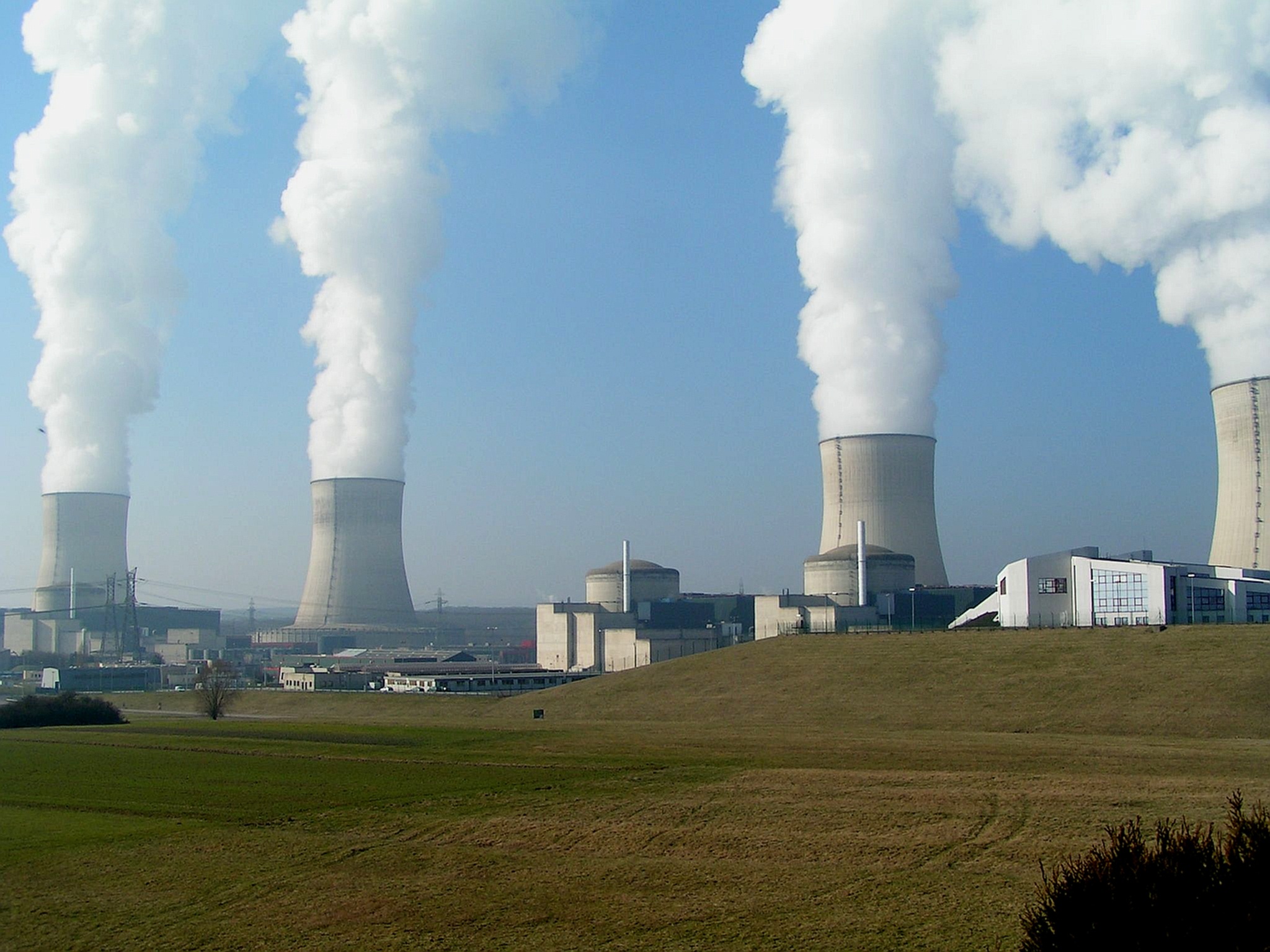Is nuclear a physics subject? This question may initially evoke a smirk or a bemused look, but it serves as a compelling entry point into the multifaceted world of nuclear science. One could contemplate a playful rebuttal that nuclear physics is not merely a subset of the broader discipline but rather a vibrant tapestry woven into the very fabric of physical principles. However, can one truly dissociate nuclear phenomena from the purview of traditional physics? This discourse explores the intricate connections between nuclear science and physics while challenging conventional categorizations.
To embark on this intellectual journey, it is pertinent to delineate the foundational tenets of physics. Physics, at its core, endeavors to elucidate the fundamental workings of nature, from the macroscopic behaviors of celestial bodies to the microscopic interactions of subatomic particles. Nuclear physics, as an eminent branch of this illustrious discipline, examines the constituents and interactions of atomic nuclei. The transmutation of elements through nuclear fusion and fission—not merely striking a chord of fascination—exemplifies the profound connections that tether nuclear processes to physical principles.
Equally noteworthy is the historical trajectory that interlinks physics with nuclear advancements. The early 20th century heralded the advent of quantum mechanics and relativity, crystallizing a paradigm shift in scientific understanding. Pioneers such as Ernest Rutherford and Niels Bohr illuminated the structure of the atom, laying foundational frameworks for future explorations. The subsequent realization of nuclear energy sparked debates over its utility, risks, and ethical implications—a contemplation that intertwines branches of physics with humanitarian and philosophical reflections. Indeed, the moral quandaries surrounding nuclear energy advancements can bespeak the profound implications of harnessing such power.
However, the complexities do not cease here. The amalgamation of physics with nuclear engineering reveals a dichotomy of interests often pursued in concert. While physicists may excel in theorizing the interactions and behaviors of nuclear particles, engineers apply physical laws to develop practical tools for harnessing nuclear energy. This bifurcation raises the intriguing question: at what juncture does nuclear engineering cease to be a practice of physics and become a distinct discipline? The answer remains elusive, yet it underscores a shared reliance on principles of energy conservation, thermodynamics, and safety protocols.
Moreover, as one delves deeper into the implications of nuclear science, the role of interdisciplinary studies comes to the forefront. The ramifications of nuclear technology propel physicists, chemists, and environmental scientists to dialogue and collaborate. The investigation into radioactive waste management and the ecological consequences of nuclear power necessitates a synthesis of perspectives that transcend traditional disciplinary boundaries. Could one not argue then that nuclear science transcends a mere subset of physics—it becomes an integral part of an evolving scientific tapestry that incorporates multifarious viewpoints?
At this juncture, one might pose an alternative lens through which to scrutinize the relationship between nuclear phenomena and physics. Fundamental inquiries into the nature of matter and energy encapsulate the essence of physics; thus, nuclear processes must be examined through rigorous experimental methods that yield empirical data and theoretical insights. Scientific endeavors such as particle accelerators and neutron scattering experiments are emblematic of the practical applications that emerge from theoretical constructs of nuclear physics. This intertwining of experiment and theory enshrines nuclear science as an illuminating subset of physics, albeit intricately entwined with engineering and applied sciences.
Furthermore, consider the burgeoning field of astrophysics, where nuclear interactions serve as the bedrock for stellar phenomena. The synthesis of heavier elements within stars—an epic tale of nuclear fusion—illustrates the primitive yet grand narratives that govern the cosmos. This celestial perspective not only accentuates the significance of nuclear physics but also heralds a return to fundamental questions regarding the origins of the universe. In this manner, nuclear physics provides a bridge between terrestrial applications and cosmic inquiries, emphasizing its capacity to illuminate broader existential inquiries while remaining rooted within physics.
Nonetheless, while the discourse on nuclear physics luxuriates in the realms of theory and application, it oftentimes encounters skepticism, particularly concerning safety and environmental impact. The controversy surrounding nuclear energy, punctuated by historical incidents such as Chernobyl and Fukushima, lends credence to apprehensions regarding its practicality. This perplexing dichotomy—whereby nuclear science embodies both substantial potential and significant risk—poses a challenge to justify its classification strictly within the realm of physics. Indeed, one could argue that the responsibilities that accompany nuclear advancements necessitate an ethical framework that extends beyond scientific inquiry.
In conclusion, while the inquiry into whether nuclear constitutes a physics subject may yield divergent perspectives, the answer ultimately hinges upon the interplay of theoretical constructs, empirical evidence, and ethical deliberations. Nuclear physics undeniably occupies a pivotal space within the grand narrative of physical sciences, enriched by cross-disciplinary dialogues and a shared quest for knowledge. It challenges the boundaries of traditional categorizations and invites an open-minded exploration of its implications for both mankind and the universe at large. As we ponder the complexities of nuclear phenomena, perhaps it is essential to embrace the ambiguity and recognize that nuclear science is an intricate, ever-evolving narrative woven within the fabric of physics, one that beckons further inquiry and nuanced exploration.












